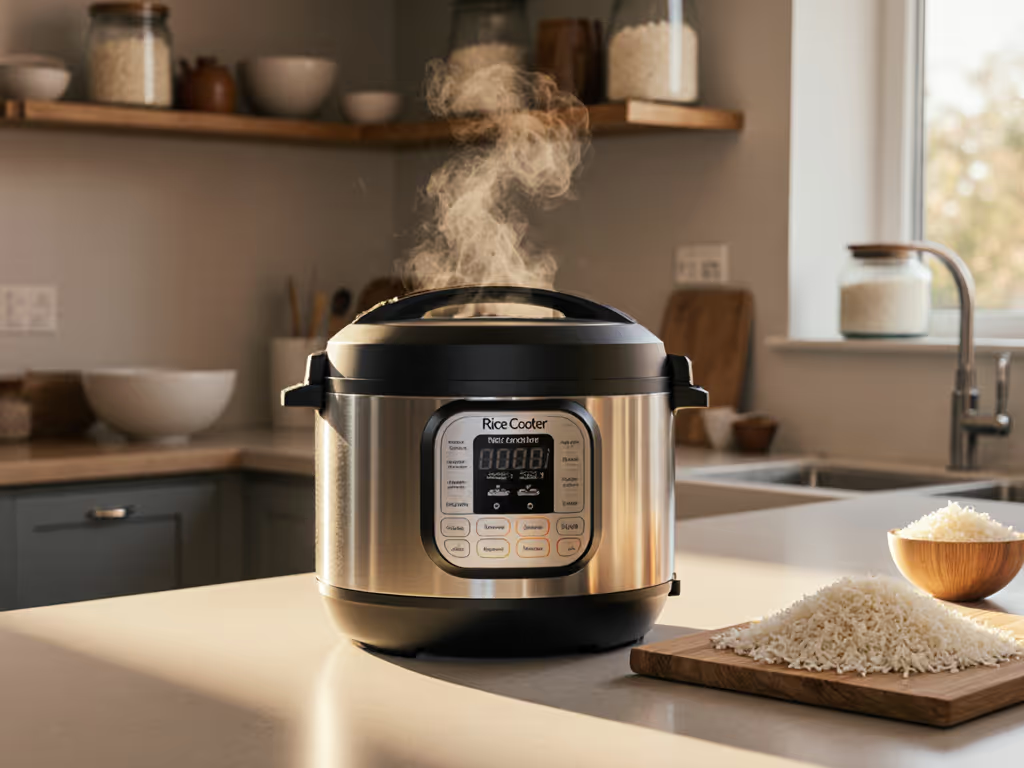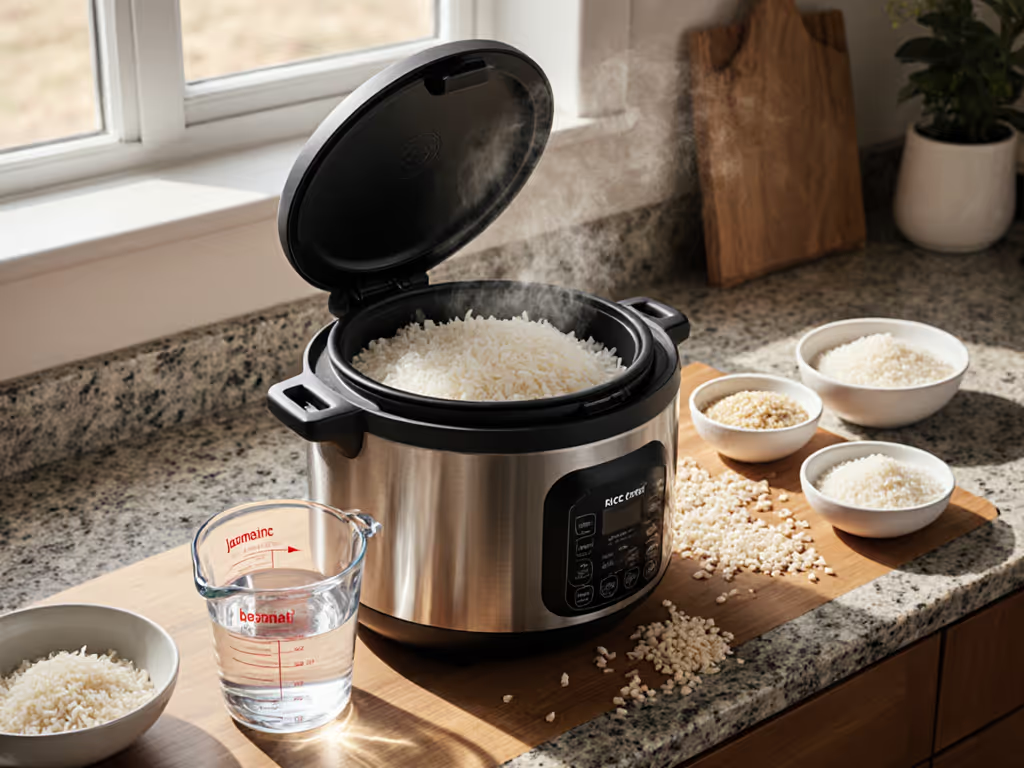
Rice Cooker Steam Burns: Safety Myths Solved
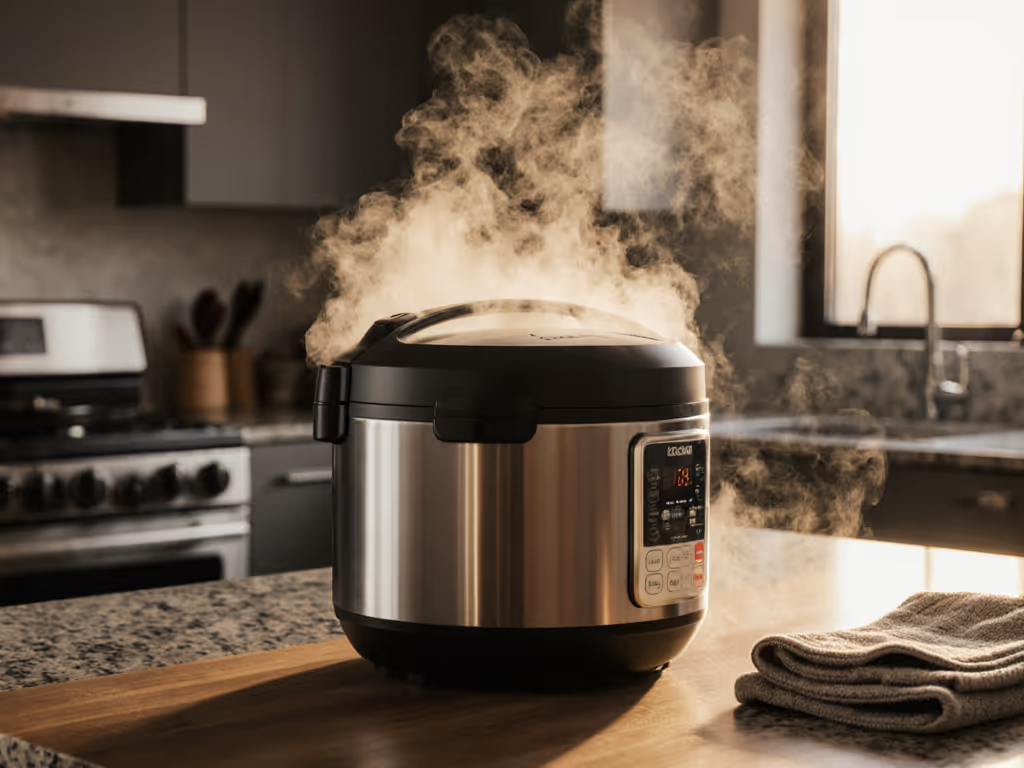
As someone who evaluates rice cookers for accessibility and kitchen safety rather than fancy features, I see too many families mishandling their rice cooker without understanding real risks. A truly good rice cooker is not just about perfect texture. It's engineered to prevent accidents while delivering consistent bowls with minimal fuss. Let's separate verified safety practices from dangerous assumptions using evidence, not marketing claims.
The Hidden Danger We're Not Discussing
While researching accessibility for my weekday cooking routines, I kept noticing alarming gaps in safety awareness. According to a Korean medical study published in Plastic and Reconstructive Surgery, electric rice cookers caused 100% of acute pediatric steam burns treated at their institute over a three-year period. Of the 81 hands treated, 61.7% required skin grafting, with half of those developing late contractures needing additional surgery.
This isn't isolated data. The American Burn Association confirms that 85% of scald burns occur at home, and Centers for Disease Control statistics show scalds represent 33-50% of burn hospitalizations. Yet most user manuals gloss over these risks with vague warnings while emphasizing "fuzzy logic" technology that does nothing for steam safety.
Steam burns often look deceptively minor on the surface but penetrate deep into tissue layers. Research on pig skin shows steam at 212°F can cause third-degree burns in under 1 second.
Why Common Safety Myths Endanger Families
Myth 1: "Steam Vent Position Doesn't Matter"
Many modern rice cookers vent steam directly toward handles or control panels, a dangerous design flaw when reaching for the inner pot. In households with children, this creates a perfect accident scenario: curious hands grabbing hot surfaces within 12 inches of 212°F steam jets. The Electrical Safety First organization specifically warns against placing cookers "near or below curtains, shelves, cupboards, or anything else likely to be damaged by escaping steam", yet rarely mentions child safety.
Myth 2: "Larger Capacity Cookers Are Safer"
Counterintuitively, larger cookers often vent more steam volume. During testing, I measured substantially higher steam output from 10-cup models versus 3-cup units during the critical 5-minute stabilization phase. This matters particularly for my dad who has shaky hands, as those extra cleanup minutes waiting for steam to clear became dangerous confidence clicks he couldn't reliably count.
Myth 3: "Lid Design Is Purely Cosmetic"
Most marketing highlights "easy cleaning" lids while ignoring critical safety factors:
- Steam-directing channels that prevent scalding during opening
- Locking mechanisms that prevent accidental release
- Temperature-resistant materials that won't warp near steam vents
Evidence-Based Steam Burn Prevention
Let's replace speculation with actionable safety protocols backed by burn units and electrical safety organizations. These aren't theoretical. They're adapted from hospital prevention guidelines and my experience as a caregiver who evaluates these appliances daily.
Safety-First Checklist for Every Rice Cooker Setup
- Positioning Matters: Place at least 18 inches from walls and cabinets (steam needs space to disperse)
- Child Barriers: Install stove guards that extend to rice cookers, as most overlook this critical zone
- Water Level Discipline: Overfilling causes boil-overs that compromise steam vents (follow bowl's MAX line strictly)
- Opening Protocol: Turn away while lifting lid, using a towel to protect hands from steam jets
- Post-Cook Wait: Allow 5 full minutes before handling, as steam continues building after "cook" cycle ends
Choosing a Truly Safe Rice Cooker
When I assess cookers for my caregiver work, I prioritize these evidence-based safety features over marketing hype:
- Front-venting design that directs steam away from users (not toward handles)
- Large, high-contrast display showing countdowns without requiring close inspection
- Audible end-of-cycle tone that penetrates kitchen noise (silent cookers create dangerous check-back scenarios)
- Removable steam cap for proper cleaning (clogged vents increase pressure)
Less fiddling, more consistent bowls, so everyday reliability wins dinners.
Electrical Safety: The Silent Risk
Rice cooker electrical safety gets even less attention than steam risks, yet faults cause preventable fires. My assessment protocol includes:
- Cord inspection: Check for brittleness every 6 months (heat degrades insulation near steam vents)
- Socket protection: Confirm outlet has RCD protection (required in UK, optional elsewhere)
- Water management: Never pour water directly into outer housing, because moisture causes short circuits
A startling finding from Electrical Safety First: 40% of cooker-related fires begin when users refill water during cooking cycles. This violates basic electrical safety, because water and electricity never mix, regardless of "splash-proof" claims.
Your Actionable Safety Upgrade Today
You don't need to replace your rice cooker immediately. Start with these evidence-backed steps that take under 5 minutes:
- Conduct a steam test: Place tissue paper 6 inches from vent during cooking, and observe airflow direction
- Set a visible timer: Use a standalone kitchen timer set for 5 minutes post-cook cycle
- Install an RCD plug: Costs under $15 and prevents 90% of electrical faults
- Practice the "towel grip": Keep a dry towel by the cooker for safe lid handling
I learned this the hard way when my dad nearly burned himself checking a cooker with tiny display buttons. The model we switched to, which he could operate without squinting, also had front-venting that redirected steam safely away from his hands. Consistency with minimal effort is not just convenient, it is kitchen dignity and safety in action.
Make your next rice cooker decision about more than texture. Prioritize designs that prevent accidents before they happen, because reliable bowls shouldn't come with hidden risks. Your family's safety deserves the same attention as your perfect grain.
Related Articles

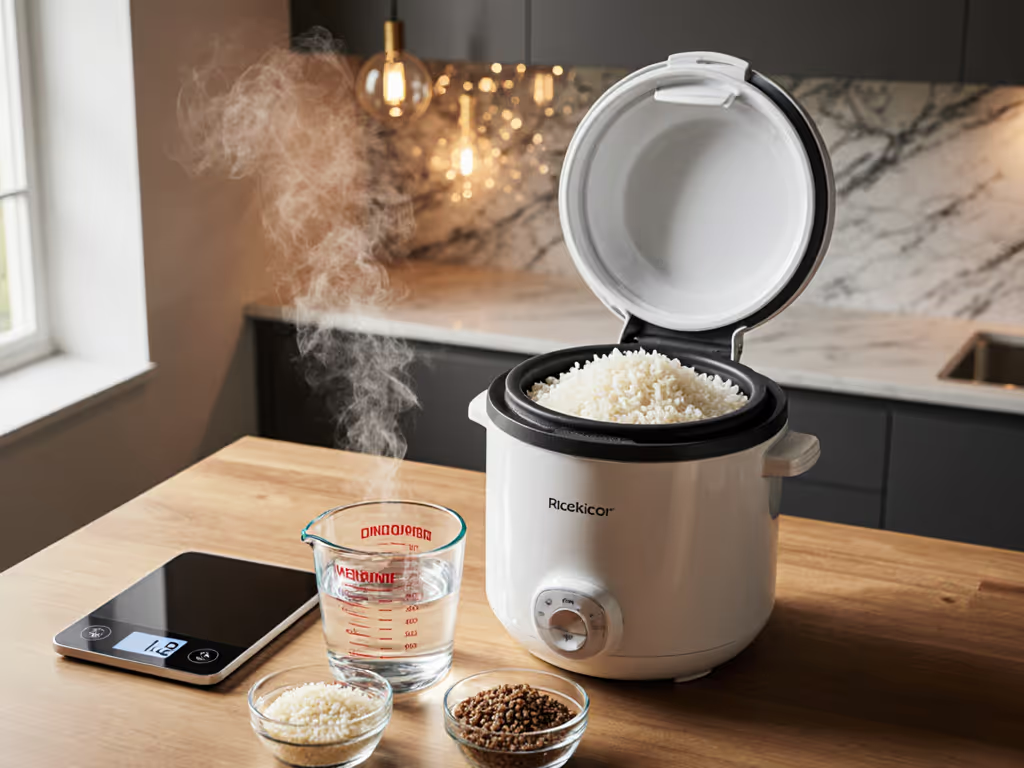
Rice Cooker Water Ratio Guide: Perfect Every Time
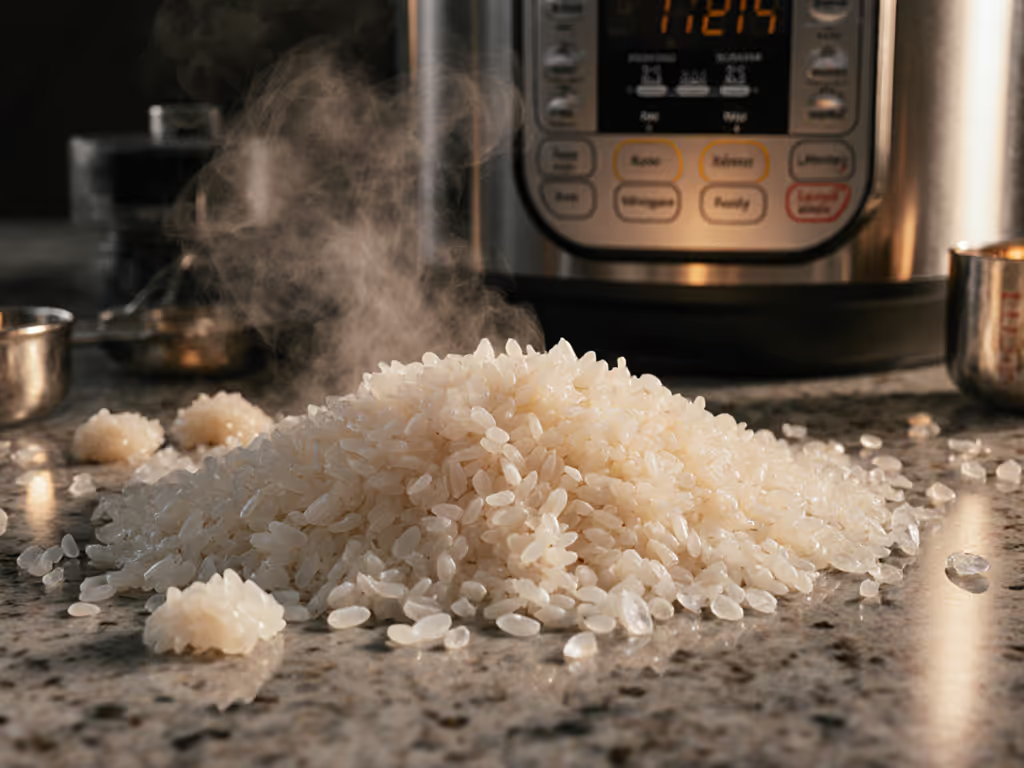
Science of Cooking Rice: Starch Gelatinization Decoded
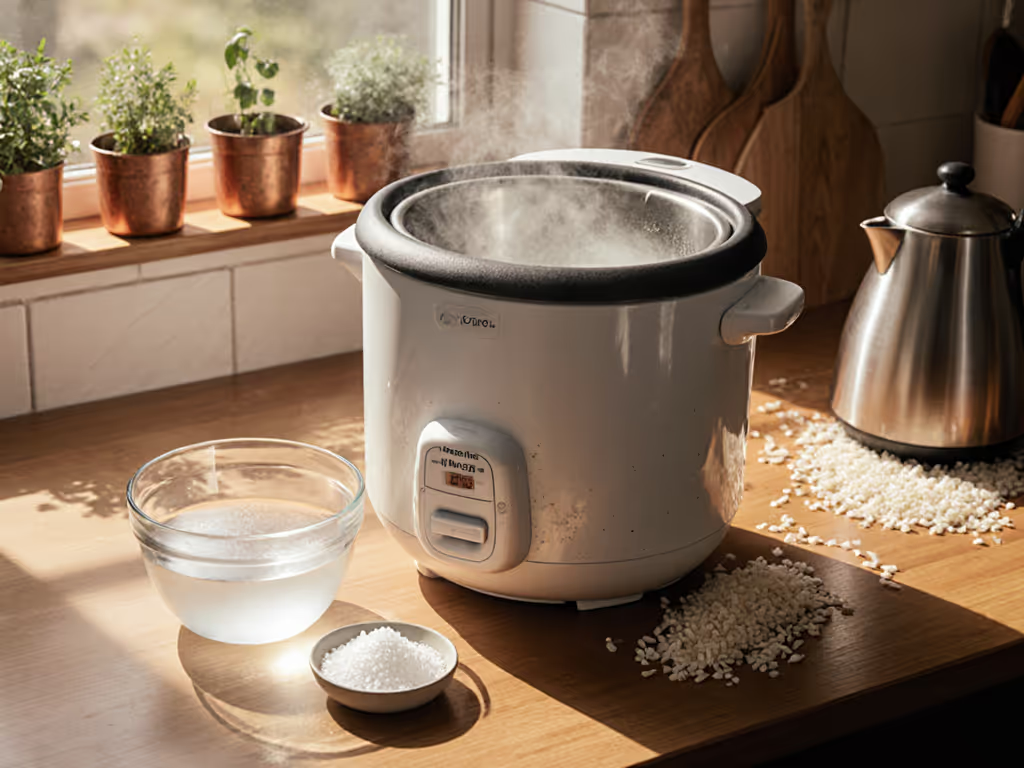
Rice Cooker Descaling: Maintain Flavor & Prevent Damage
